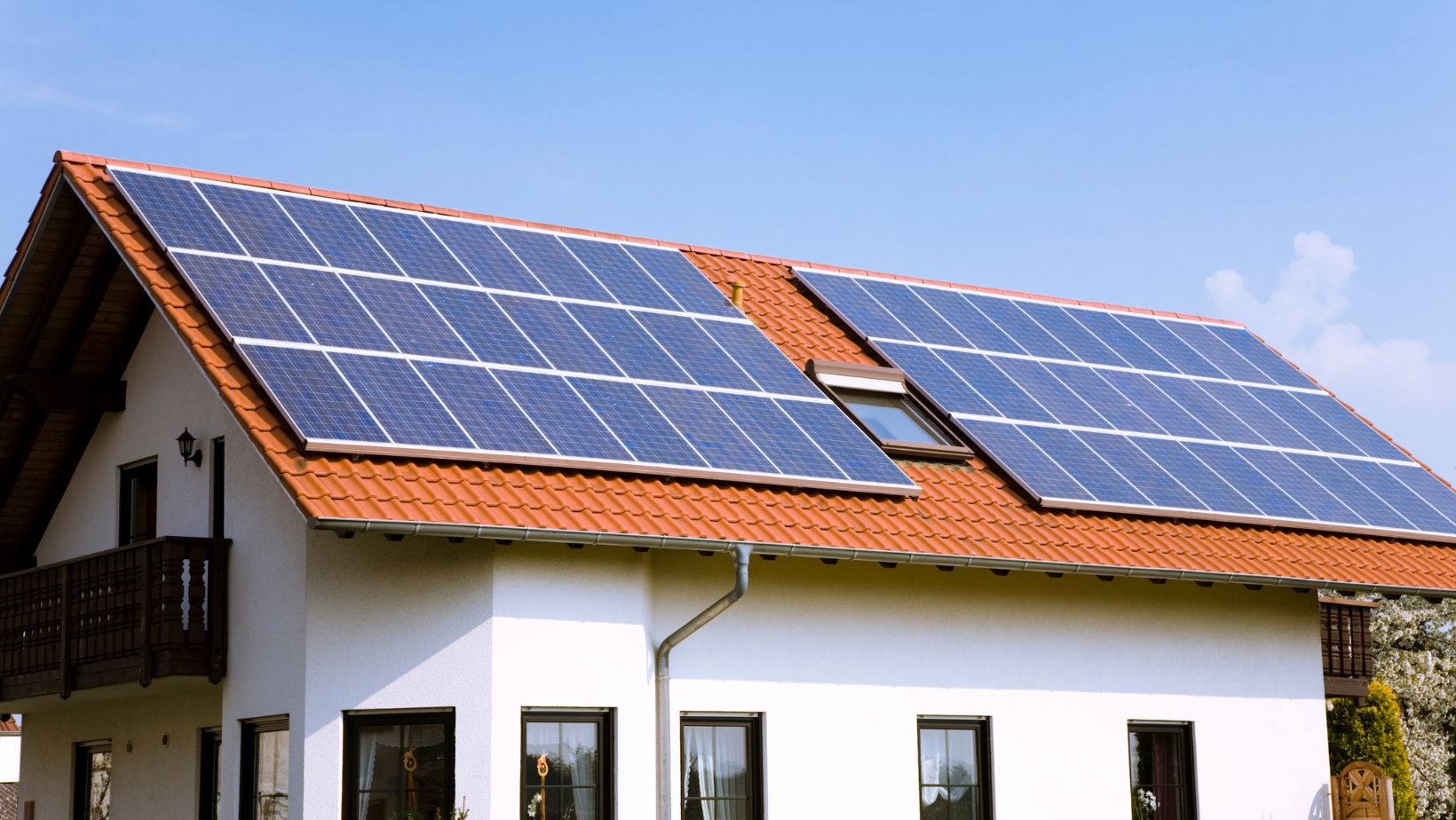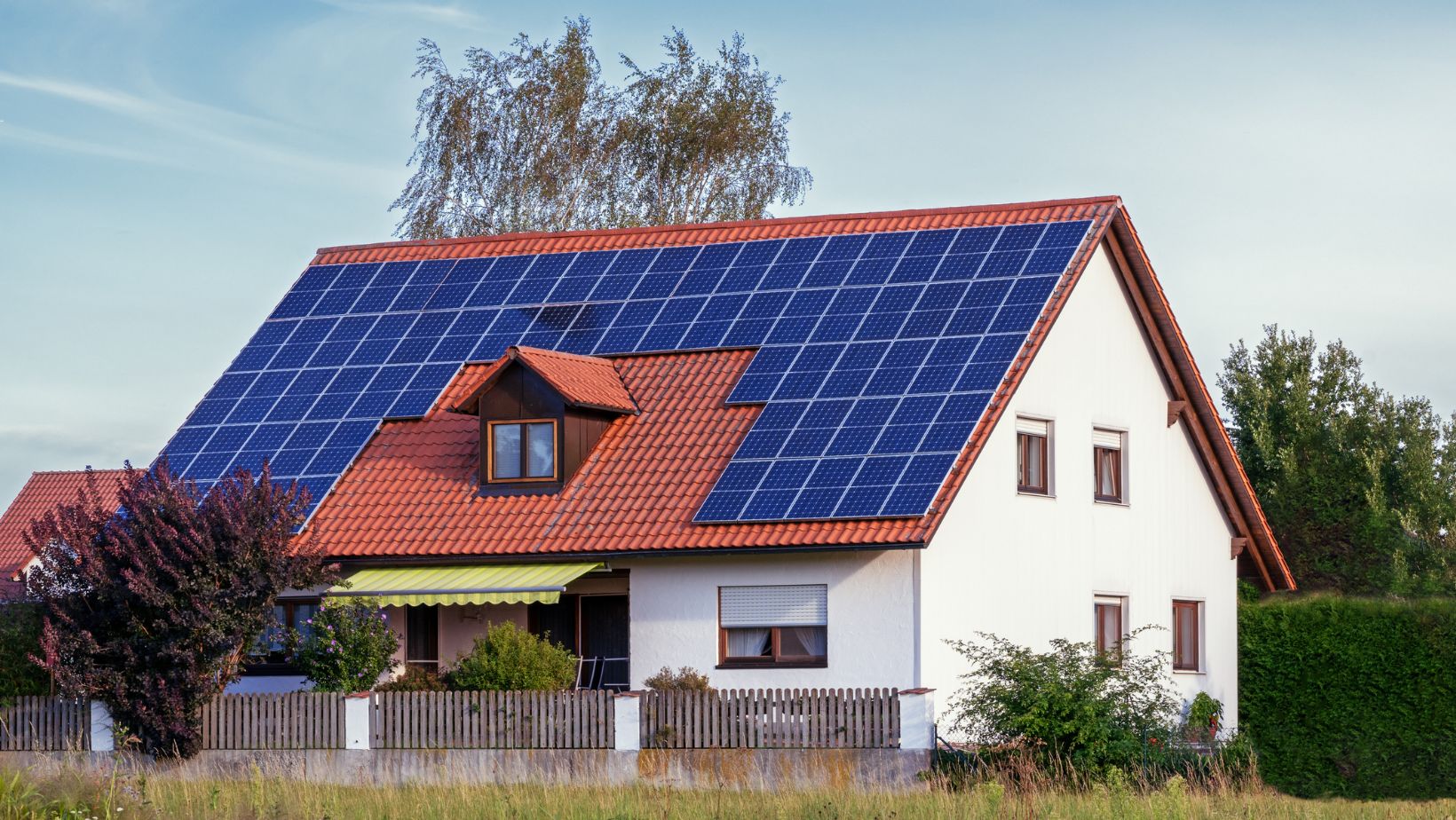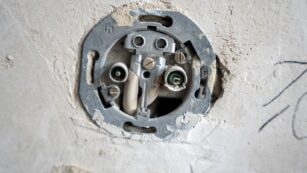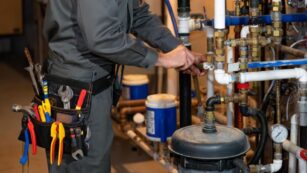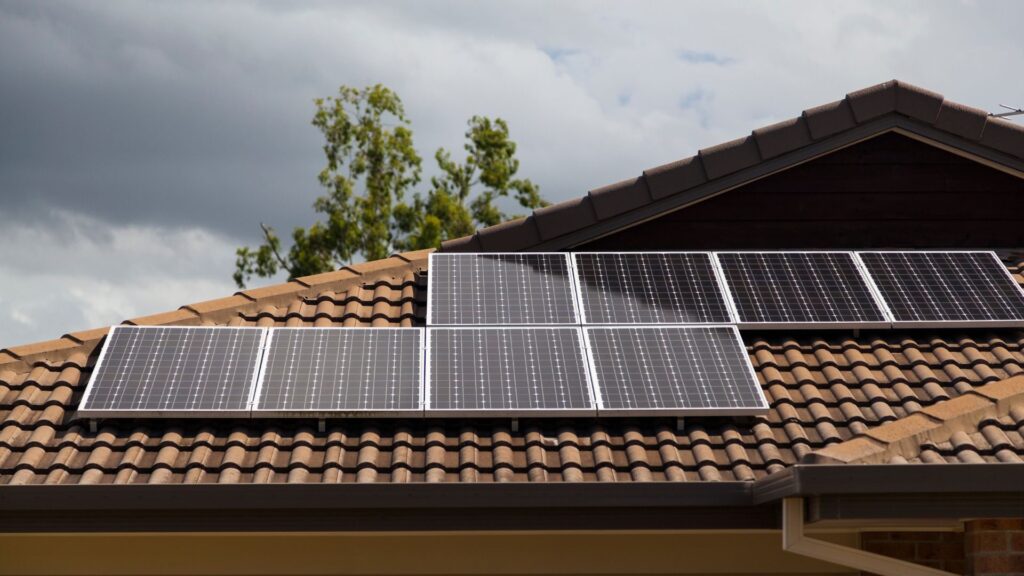
Thinking about going solar? It’s a big decision, and there are a few things you’ll want to consider before taking the plunge. Solar panels can be a fantastic way to reduce your energy bills and your carbon footprint, but they require some planning and preparation. From assessing your roof’s condition to understanding its sun exposure, each factor plays a crucial role in ensuring that your solar investment is worthwhile. Let’s dive into what you need to know to make an informed choice about installing solar panels on your home.
Factors to Consider Before Installing Solar Panels
According to Azul Roofing Solutions experts, assessing your roof’s condition, age, and material is essential before diving into solar panel installation. These factors play a significant role in determining the feasibility of the installation process and the longevity of both your roof and the solar panels themselves. A well-maintained roof ensures that the panels can be securely mounted without causing damage or requiring frequent repairs. For instance, older roofs may need repairs or replacement before they can effectively support solar panels. Additionally, the type of roofing material can impact how easily panels can be installed. Asphalt shingles are often considered ideal due to their durability and compatibility with mounting equipment. In contrast, materials like slate or wood shingles might pose challenges.
A professional inspection is highly recommended to ensure your roof is in optimal condition for solar panel installation. This inspection will evaluate various aspects of your roof, such as:
- Structural integrity: Can your roof handle the additional weight?
- Material compatibility: Is your roofing material suitable for mounting solar panels?
- Current condition: Are there any existing damages or wear that need addressing?
A thorough assessment by an expert can help identify potential issues early on, allowing you to make informed decisions about necessary repairs or reinforcements. This proactive approach not only safeguards your investment in solar energy but also extends the life of your roof by ensuring it remains in good shape throughout the lifespan of your solar system.
Understanding Your Roof’s Sun Exposure
Understanding your roof’s sun exposure is essential for optimizing efficiency when considering solar panel installation. Solar panels thrive on sunlight, and their performance is directly linked to how much sun they receive. Ideally, a south-facing roof is preferred as it captures the most sunlight throughout the day, maximizing energy production. However, if your roof faces east or west, don’t worry. These orientations can still be practical, especially with modern solar technology.
Shading from trees or nearby buildings can significantly impact solar panel efficiency. Even partial shading can reduce output, so assessing potential obstructions is crucial. To accurately evaluate your roof’s sun exposure, consider using online solar suitability checkers. These tools provide insights into how much sunlight your roof receives and help identify shading issues. By understanding these factors, you can make informed decisions about your solar investment and ensure optimal performance.
Roof Space and Design Considerations
Understanding the space requirements on your roof is essential when planning a solar panel installation. A typical residential solar panel system usually requires between 300 and 450 square feet of roof space. This size accommodates 18 to 24 panels, each measuring approximately 17.5 square feet. However, the actual number of panels you’ll need depends on your energy consumption and the efficiency of the panels you choose. It’s essential to ensure that your roof has enough unobstructed space to accommodate these panels effectively.
Common obstructions like chimneys, vents, or skylights can limit the available space for solar panels. These features reduce the area where panels can be installed and create shading issues that can impact panel efficiency. A rectangular and unobstructed roof surface is best for maximizing solar panel installation. Such a design allows for optimal placement and alignment of the panels, ensuring they receive maximum sunlight exposure throughout the day. If your roof has multiple obstructions, consider consulting with a professional to explore solutions or adjustments that could enhance your roof’s suitability for solar energy.
The Ideal Roof Materials for Solar Panels
When considering solar panel installation, the type of roofing material plays a significant role in determining compatibility and ease of installation. Among the various options, asphalt shingles stand out as one of the most suitable materials for solar panels. They are cost-effective and provide a sturdy base for mounting equipment, ensuring a seamless integration with your solar system. On the other hand, materials like slate or wood shingles can present challenges. Slate is heavy and brittle, making it difficult to drill into without causing damage. At the same time, wood shingles may not effectively support the weight of solar panels. It’s essential to evaluate your roof’s material to ensure it can accommodate solar panels without compromising its integrity.
To maximize the efficiency and safety of your solar panel installation, using the appropriate mounting equipment tailored to your roof’s material is crucial. For instance, asphalt shingle roofs typically require flashing to prevent leaks during installation. In contrast, metal roofs might use clamps that attach directly to seams without penetrating the surface. Each material demands specific techniques and tools to ensure a secure fit. Here’s a quick rundown of common roofing materials and their compatibility with solar panels:
- Asphalt Shingles: Ideal for solar installations due to their durability and ease of integration.
- Metal Roofs: Generally compatible, especially standing seam types that allow for non-penetrative mounting.
- Tile Roofs: These can be used with specialized mounting systems but may require additional care during installation.
- Wood Shingles: Less ideal due to potential structural issues and flammability concerns.
- Slate: Challenging due to its fragility; requires expert handling.
Selecting the right combination of roofing material and mounting equipment ensures a successful solar panel installation and prolongs the lifespan of your roof and solar system.
Evaluating Your Roof’s Structural Integrity
Ensuring your roof can handle the additional weight of solar panels is essential for a successful installation. Solar panels, while not excessively heavy, add extra load to your roof. It’s essential to have a structural engineer assess your roof’s strength to determine if it can support this added weight. This assessment involves evaluating the current condition of your roof’s framework and identifying any areas requiring reinforcement. A professional inspection will provide peace of mind and help avoid potential issues.
If your roof doesn’t initially meet the structural requirements for solar panel installation, don’t worry—solutions are available. Structural engineers might suggest reinforcements such as adding support beams or strengthening existing rafters. Sometimes, minor repairs or upgrades to your roofing materials might be necessary to ensure stability. Here are some potential solutions:
- Adding Support Beams: Reinforcing the roof structure with additional beams can distribute the weight more evenly.
- Strengthening Rafters: Enhancing existing rafters can provide the necessary support for solar panels.
- Roof Repairs: Addressing any damage or wear on your roof can improve its ability to bear extra weight.
By taking these steps, you can ensure that your roof is ready for solar panel installation. This will allow you to enjoy the benefits of renewable energy without compromising the integrity of your home.
Impact of Weather Conditions on Solar Panel Installation
When considering solar panel installation, it’s essential to understand how local climate and weather patterns can impact both performance and the installation process itself. These factors become even more significant in regions prone to heavy snowfall or frequent storms. Solar panels are designed to withstand various weather conditions, but understanding their limitations and capabilities is crucial for optimal performance. Most panels come with a pressure rating, often exceeding 5,000 Pascals (Pa), which allows them to handle substantial snow accumulation—typically between two to four feet. However, additional protective measures might be necessary in areas with extreme weather conditions.
For homeowners in snowy regions, it’s essential to consider the weight of snow on solar panels and its potential impact on your roof. While structural engineers will account for average snowfall during their assessments, you might still need extra precautions. Here are some considerations:
- Pressure Ratings: Ensure your panels have a high-pressure rating suitable for your area’s typical snow loads.
- Protective Measures: Consider installing snow guards or heating systems to help manage snow buildup.
- Regular Maintenance: Schedule inspections to check for any damage after severe weather events.
Wind resistance is another factor to consider in storm-prone areas. Panels should be securely mounted using appropriate equipment that can withstand high winds. By taking these steps, you can ensure that your solar panels remain efficient and durable regardless of the weather challenges they face.
Summary
When you’re considering installing solar panels, it’s crucial to take a good look at your roof. The condition, age, and material of your roof can significantly affect how easy it is to install the panels and how long both your roof and the panels will last. A well-maintained roof means the panels can be securely attached without causing damage or needing frequent repairs. For example, older roofs might need fixing or replacing before they can handle solar panels correctly. Plus, the type of roofing material you have can make a big difference in how easily the panels can be installed. Asphalt shingles are often considered ideal because they’re durable and work well with mounting equipment. In contrast, materials like slate or wood shingles might present some challenges.
Another essential aspect to consider is how much sun exposure your roof gets. Solar panels work best when they receive plenty of sunlight, so understanding your roof’s orientation and any potential shading from trees or buildings is vital for maximizing efficiency. Ideally, a south-facing roof captures the most sunlight throughout the day. However, east or west-facing roofs can still be effective with modern solar technology. You should use online tools that assess solar suitability to get a clear picture of your roof’s sun exposure. These tools can help you understand how much sunlight your roof receives and identify any shading issues, allowing you to make informed decisions about your solar investment.

